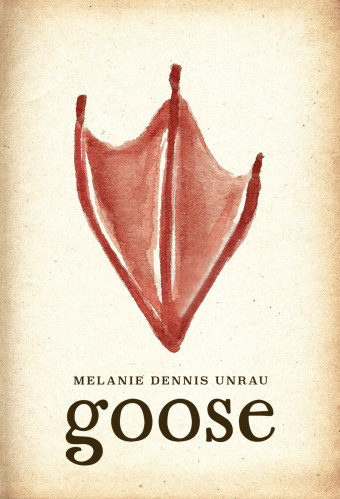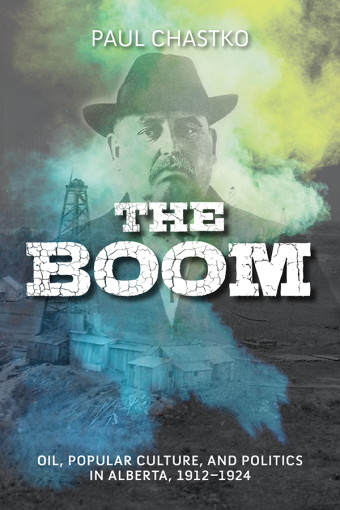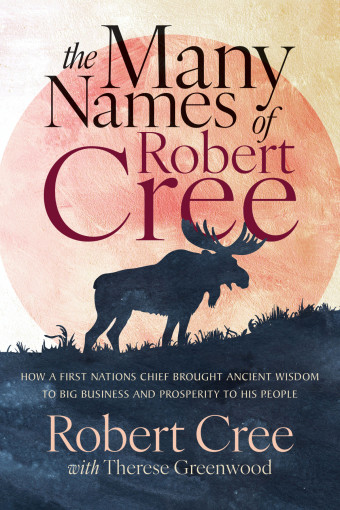Across Indigenous territories, land-based activities provide the opportunity to practise community-based learning rooted in Indigenous perspectives.

- Ndè Sı`ı` Wet’aɂà
- Kyla LeSage (Editor), Thumlee Drybones-Foliot (Editor), Leanne Betasamosake Simpson (Editor)
- Arbeiter Ring Publishing Ltd.
- $24.00 Paperback, 264 pages
- ISBN: 978-19-27886-62-5
The amazing collection, Ndè Sı`ı` Wet’aɂà: Northern Indigenous Voices on Land, Life, and Art, edited by Kyla LeSage, Thumlee Drybones-Foliot, and Leanne Betasamosake Simpson, began as a document of land-based learning through the Dechinta Centre for Research and Learning, located in Yellowknife, N.W.T.
But that work evolved into an intimate and caring celebration of the land and her role in nurturing knowledge, language, and tradition for many Indigenous Peoples.
Each piece in this collection forms part of a long and complicated love story between the land and her Indigenous caretakers, illustrating a powerful journey of reconnecting to and recovering relationships with the land as teacher and life-giver, and providing an important legacy for Indigenous and non-Indigenous readers.
More than 40 accounts share ways in which the land provides both sustenance and knowledge, often framed through the perspective of Elders and Knowledge Keepers.
The relationship Indigenous Peoples have with the land shaped the development of the anthology. Co-editor LeSage explains that the land is our protector and provider, that land has an identity for Indigenous Peoples.
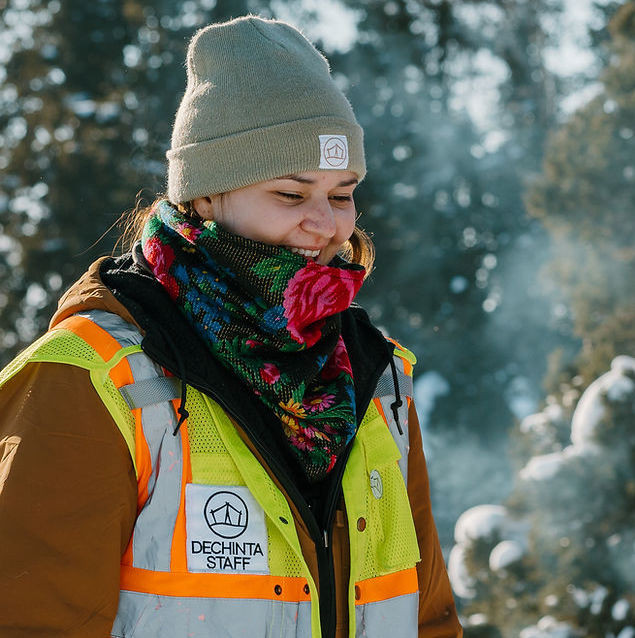
“It isn’t property or possession,” she emphasizes. While the stories originated with the Dene associated with the Dechinta Centre, the call for stories eventually reached other Indigenous Peoples of the North – the Inuit, Nêhiyawak, Tutchone, Tanana Athabascan, and Métis.
The end result, LeSage states, “is a gift to the next generations that shows us who we really are.”
The idea of consent explored in some of the stories is particularly intriguing. LeSage explains that consent from the land was part of the process of harvesting, of using the gifts of the land respectfully.
“Picking spruce boughs, the tree gives you what it can provide. The moose that is to be harvested will present itself to you,” she says. The Elders teach us to respect those gifts, to learn that they are gifts.
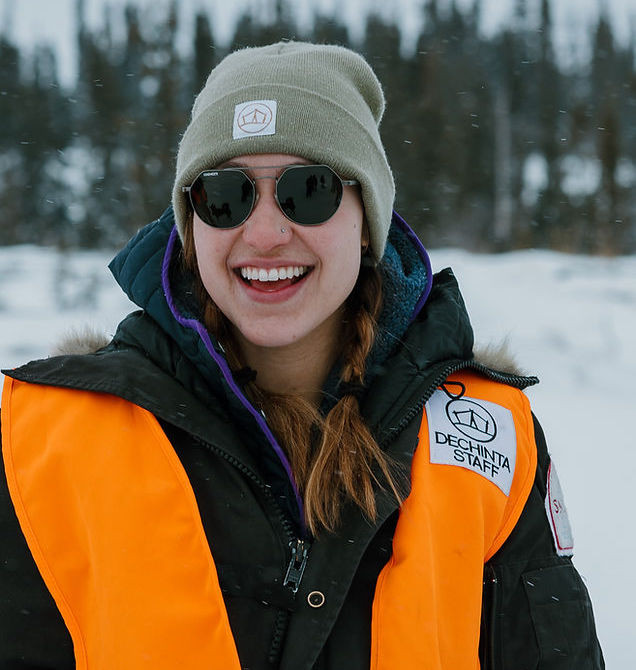
In “Land Stories,” a powerful blend of history, photographs, and poetry, Josh Barichello extends the idea of consent to relate to the outside world coming into the North for extraction. When fish are seen as trophies, and land is mined for wealth rather than sustenance, there is no consent from the land.
The land offers opportunities for generations to come together, to learn, to explore or, simply, to be together.
Elders are an integral part of the Dechinta Centre’s program, serving as teachers and story-makers, but so too are the young people.
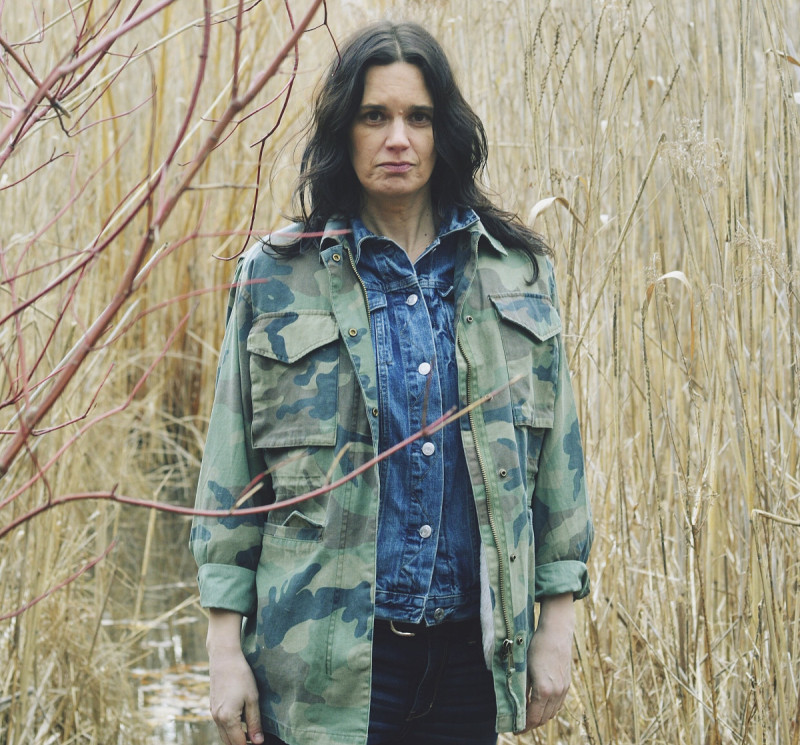
Together, the stories show how they learn from each other and from the land. Whether it is through the practice of hide-tanning or from stories and games, traditions and gifts are shared from one generation to the next. Perhaps most importantly, Elders like Mary Rose Sundberg ensure that stories are shared and maintained in Indigenous languages.
For many Indigenous young people, the connection to traditional culture has been impacted by colonial education, socio-economic resource extraction, and practices that divided families.
LeSage explains how activities tied to the Dechinta Centre brought young people back to the land to rediscover and reclaim identity through practice, story, and connection to Elders.
“The beauty and history of Indigenous people are celebrated. The classroom is the land or the fish hut or the walled tent.”




